

|
 |
Kill, Baby... Kill! AKA Operazione Paura AKA Curse of the Living Dead (Blu-ray)
[Blu-ray]
Blu-ray B - United Kingdom - Arrow Films Review written by and copyright: Paul Lewis (21st September 2017). |
|
The Film
 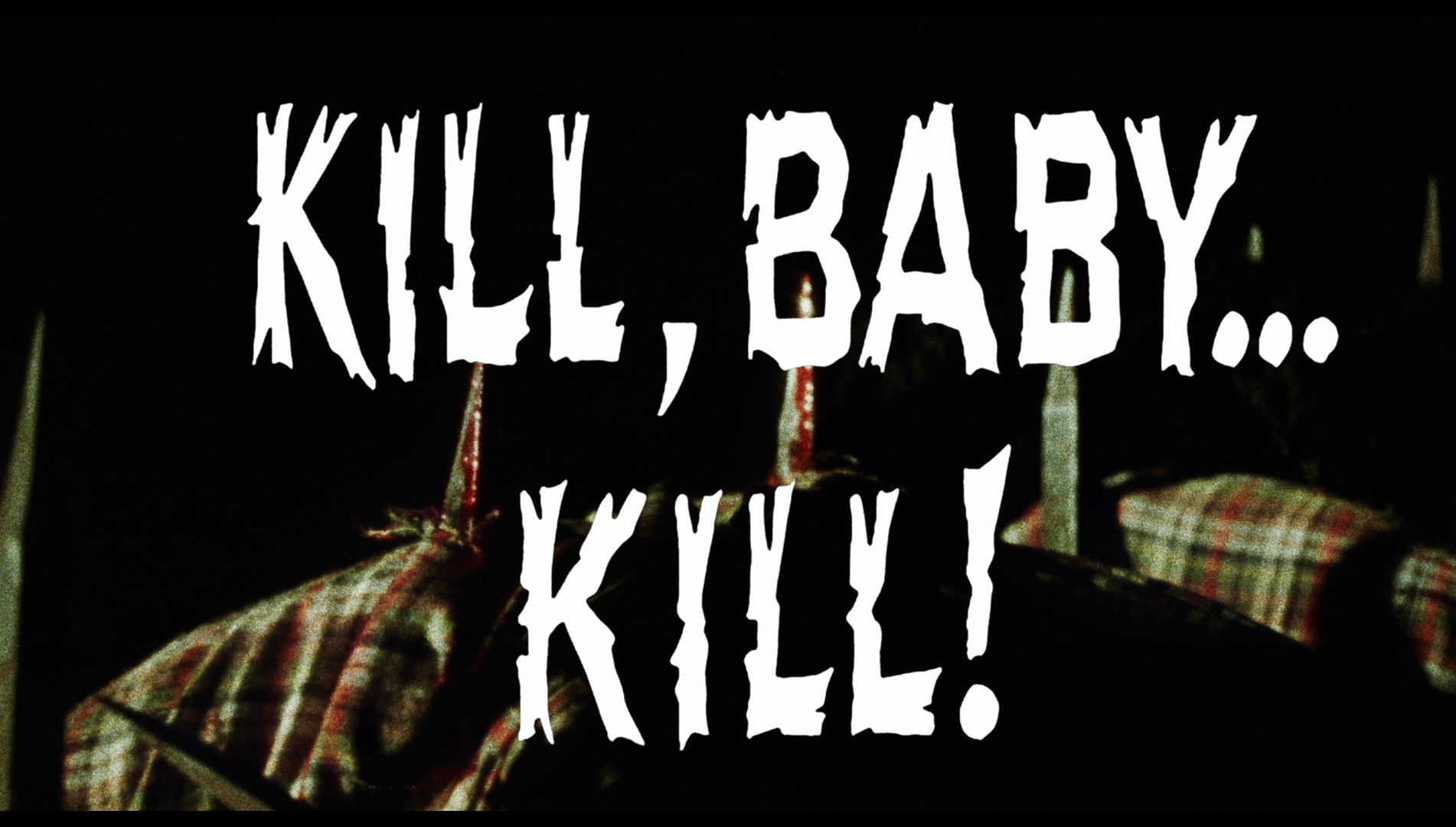 Kill, Baby… Kill AKA Operazione Paura (Mario Bava, 1966) Kill, Baby… Kill AKA Operazione Paura (Mario Bava, 1966)
In a 19th Century village, a young woman, Irena Hollander (Mirella Panfili), appears to commit suicide by impaling herself on a rusted iron fence. Dr Paul Eswai (Giacomo Rossi Stuart) arrives in the village: he has been asked to provide an autopsy on the dead girl’s body and co-operate with Inspector Kruger (Piero Lulli) and the burgermeister, Karl (Luciano Catenacci). Eswai arrives in the village just as the villagers are burying Irena’s body; Eswai stops the funeral and confers with Kruger. The pair agree that the villagers seem in an extraordinary hurry to inter the corpse and avoid an autopsy. Kruger reveals to Eswai that before Irena’s death, she sent a letter to Kruger that described a ‘ring of murder’ that centred on the mansion of Baroness Graps (Giovanna Galletti). Kruger is assisted in the autopsy of Irena by Monica Schuftan (Erika Blanc), a young woman who left the village a number of years previous to study the ‘natural sciences’. Monica has returned to the village following the deaths of her parents. During the autopsy, Eswai discovers a coin buried close to Irena’s heart. Monica tells Eswai this is part of a local superstition that is intended to prevent ‘one who suffers a violent death’ from being resurrected as a revenant. When Eswai is attacked by two knife-wielding men whilst walking alone through the streets of the village, he is saved by the appearance of the local with, Ruth (Fabienne Dali). When Eswai reaches the inn, he is met by the innkeeper’s daughter, Nadienne (Micaela Esdra). Nadienne sees the face of a young blonde girl (Valerio Valeri) appear at the window of the inn, and she recoils in terror, believing the manifestation of the child to be a harbinger of doom. Ruth enters the inn and tells Nadienne that she will protect Nadienne from the curse with which Nadienne fears she is inflicted. Ruth performs upon Nadienne rituals which Eswai partially witnesses; Eswai is shocked at the cruelty of these rites, which include wrapping a leechvine around Nadienne’s waist. 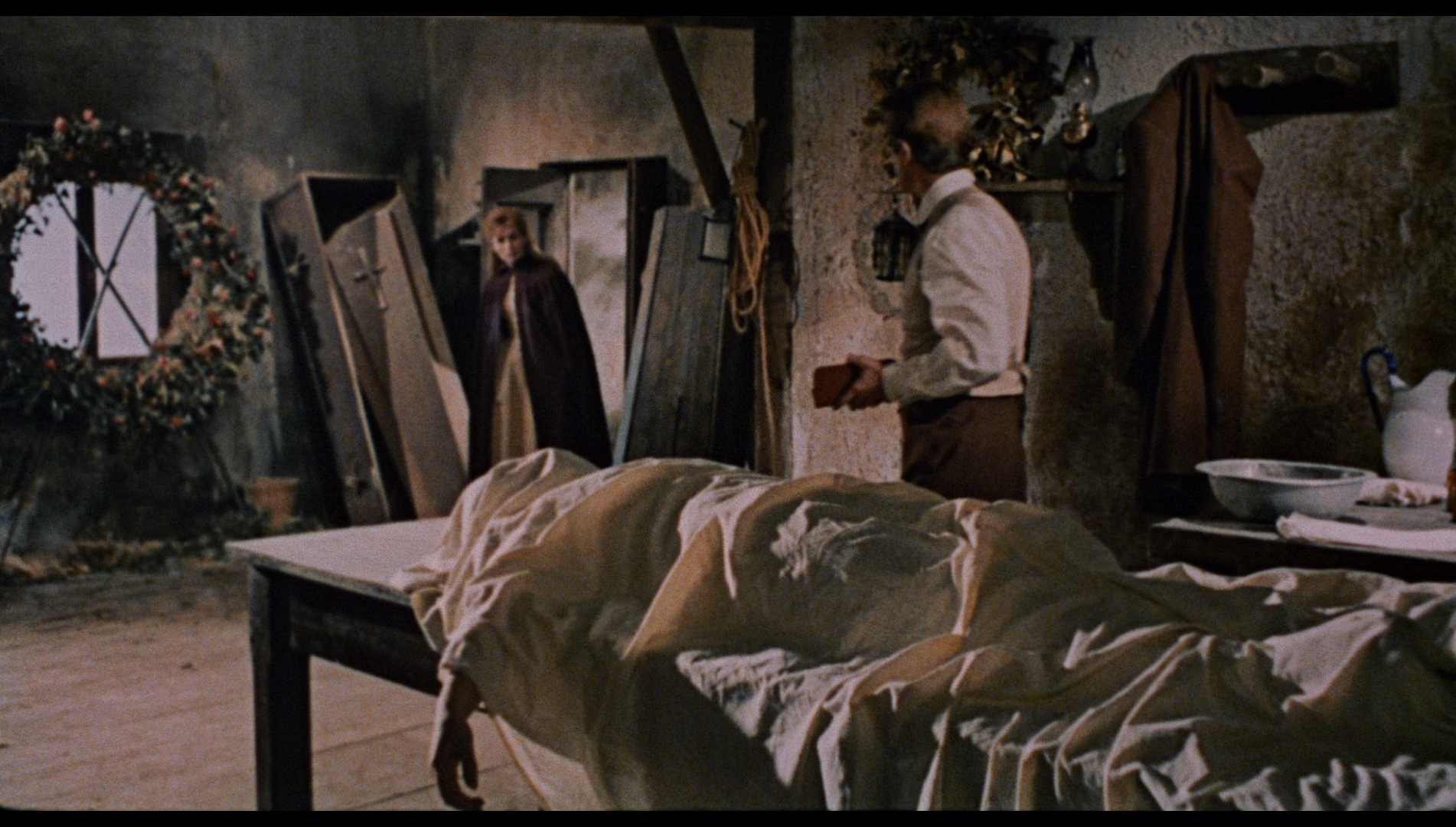 Looking for Kruger, Eswai enters Villa Graps and encounters the Baroness. On his way out of the building, Eswai sees the little girl, who tells him ‘My name is Melissa’ before running away. Meanwhile, Monica has been suffering from terrible nightmares and, sleepless, she walks the streets looking for Eswai. Monica and Eswai find one another, but hear the eerie sound of a bell tolling; the innkeeper tells them that the bell ‘always rings like that whenever someone is marked for death’ and has done ‘ever since she [Melissa] bled to death’. The appearance of Melissa, Eswai and Monica discover, leads to the person to whom she has appeared committing suicide. Looking for Kruger, Eswai enters Villa Graps and encounters the Baroness. On his way out of the building, Eswai sees the little girl, who tells him ‘My name is Melissa’ before running away. Meanwhile, Monica has been suffering from terrible nightmares and, sleepless, she walks the streets looking for Eswai. Monica and Eswai find one another, but hear the eerie sound of a bell tolling; the innkeeper tells them that the bell ‘always rings like that whenever someone is marked for death’ and has done ‘ever since she [Melissa] bled to death’. The appearance of Melissa, Eswai and Monica discover, leads to the person to whom she has appeared committing suicide.
Monica and Eswai find themselves in the Villa Graps, where the Baroness tells them that Melissa was her seven year old daughter who died after the drunken villagers ‘trampled her with their horses’ during a night of drunken celebration. Meanwhile, more revelations are in store for Monica and Eswai. Melissa’s appearances in the film are genuinely unnerving, the little girl’s ghost frequently appearing on the other side of window panes (suggesting a threshold that will be crossed between the ethereal and the corporeal worlds) or her presence suggested metonymically via a handprint – like the ghost of Peter Quint (Peter Wyngarde) in Jack Clayton’s The Innocents (1961). In its depiction of Melissa, Mario Bava’s film has some similarities with the ‘bad seed’ pictures, Melissa’s blonde locks and disarming facial expression slightly reminiscent of Patty McCormack’s appearance as eight year old Rhoda in Mervyn LeRoy’s 1956 adaptation of Maxwell Anderson’s play The Bad Seed. Bava would offer a comparable depiction of ‘poisonous’ childhood at the climax of his later picture Reazione a catena (Bay of Blood, 1971). Karola notes that Bava’s exploration of this theme (cruel and cursed children) may be read symbolically, given that Italian neo-realist films frequently use children as symbols of Italy’s future (Karola, 2003: 228). The Graps’ name, and the title of Baroness Graps, combined with Melissa’s fair-hair (in contrast with the townsfolks’ ‘darker southern’ appearance) ‘all suggest the Austrian occupation of Italy, still a popular topic for Italian cinema a century after Risorgimento finally drove out the Hapsburgs’ (ibid.). Melissa’s manifestation drives her victims to suicide, thus damning them in the eyes of the Catholic church. The film thus offers ‘a deliberate play on Italian cultural horrors’ (ibid.). 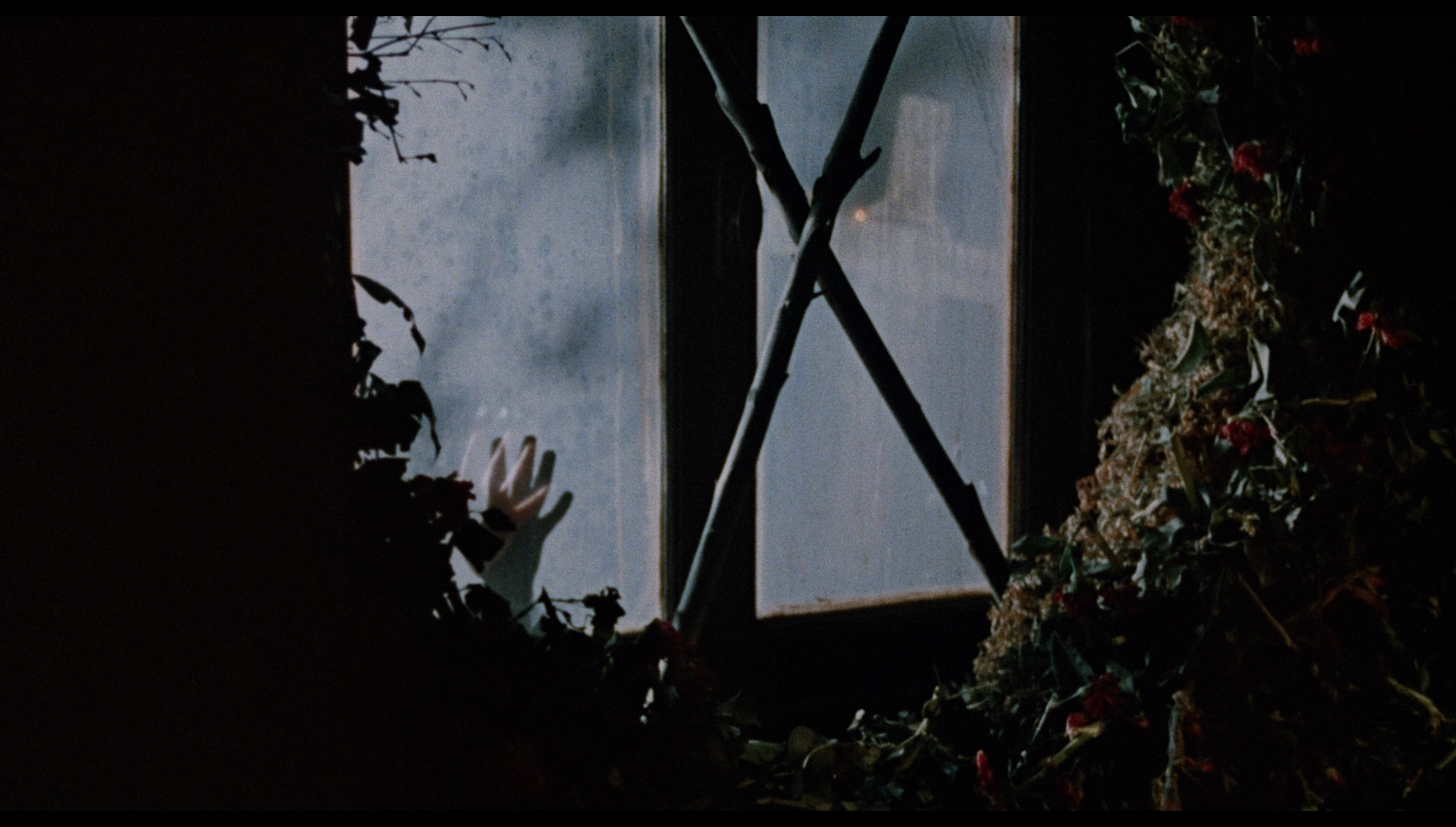 The film contrasts Monica, who has some experience studying ‘natural sciences’ and is chosen by Eswati to assist in the autopsy of Irena Hollander, with Ruth, the local witch who it is believed has the ability to ward off Melissa’s curse through bizarre rituals. When Nadienne is visited by Melissa, Ruth arrives at the inn and offers to save Nadienne. Nadienne’s parents accept Ruth’s offer, despite the apparent cruelty of Ruth’s rituals, which include beating Nadienne’s back with cuttings from a thorny bush and tying a leechvine about Nadienne’s torso. In contrasting Monica with Ruth, Kill, Baby… Kill consolidates its exploration of the classic Gothic juxtaposition of rationalism with superstition, the film confirming the power of the latter over the former. Unlike most horror films, including many of those directed by Bava, in Kill, Baby… Kill witchcraft has a positive outcome; Ruth’s goal is to help the townsfolk rather than curse them. Whenever she is needed, Ruth appears almost as if by magic: ‘I sensed that you needed me’, she tells Nadienne’s family after Nadienne sees the ghost of Melissa. ‘I witnessed your sorcery’, Eswai tells Ruth after witnessing the strange rite she performs on Nadienne, ‘Why do they call you to practise your magic? What are they afraid of?’ ‘A terrible curse hangs over these people’, Ruth replies, ‘It’s something your science can’t explain’. The film contrasts Monica, who has some experience studying ‘natural sciences’ and is chosen by Eswati to assist in the autopsy of Irena Hollander, with Ruth, the local witch who it is believed has the ability to ward off Melissa’s curse through bizarre rituals. When Nadienne is visited by Melissa, Ruth arrives at the inn and offers to save Nadienne. Nadienne’s parents accept Ruth’s offer, despite the apparent cruelty of Ruth’s rituals, which include beating Nadienne’s back with cuttings from a thorny bush and tying a leechvine about Nadienne’s torso. In contrasting Monica with Ruth, Kill, Baby… Kill consolidates its exploration of the classic Gothic juxtaposition of rationalism with superstition, the film confirming the power of the latter over the former. Unlike most horror films, including many of those directed by Bava, in Kill, Baby… Kill witchcraft has a positive outcome; Ruth’s goal is to help the townsfolk rather than curse them. Whenever she is needed, Ruth appears almost as if by magic: ‘I sensed that you needed me’, she tells Nadienne’s family after Nadienne sees the ghost of Melissa. ‘I witnessed your sorcery’, Eswai tells Ruth after witnessing the strange rite she performs on Nadienne, ‘Why do they call you to practise your magic? What are they afraid of?’ ‘A terrible curse hangs over these people’, Ruth replies, ‘It’s something your science can’t explain’.
The film is notable for its amplification of the violence that was associated with Gothic horror, taking its cue from Hammer’s horror films and upping the ante somewhat. In the opening sequence, Irena throws herself from a height upon a rusted iron railing; later, Nadienne is visited by the ghost of Melissa, causing Nadienne to drive her own throat onto a spike. The exterior sequences are realised beautifully, Bava’s vivid coloured lighting schemes and the use of fog communicating a sense of atmosphere that is so thick one could cut it with a knife. These exterior sequences were filmed on location, in the picturesque Italian medieval fortress town of Calcatta; interiors were shot at Titanus Studios. The mise-en-scène within these interior scenes is cluttered, rooms bedecked with artefacts and cobwebs. Villa Graps, in particular, is a place of faded opulence, the fabrics in the building dominated by faded reds that suggest a wealth and authority that is now in decline, the furniture adorned with cobwebs. 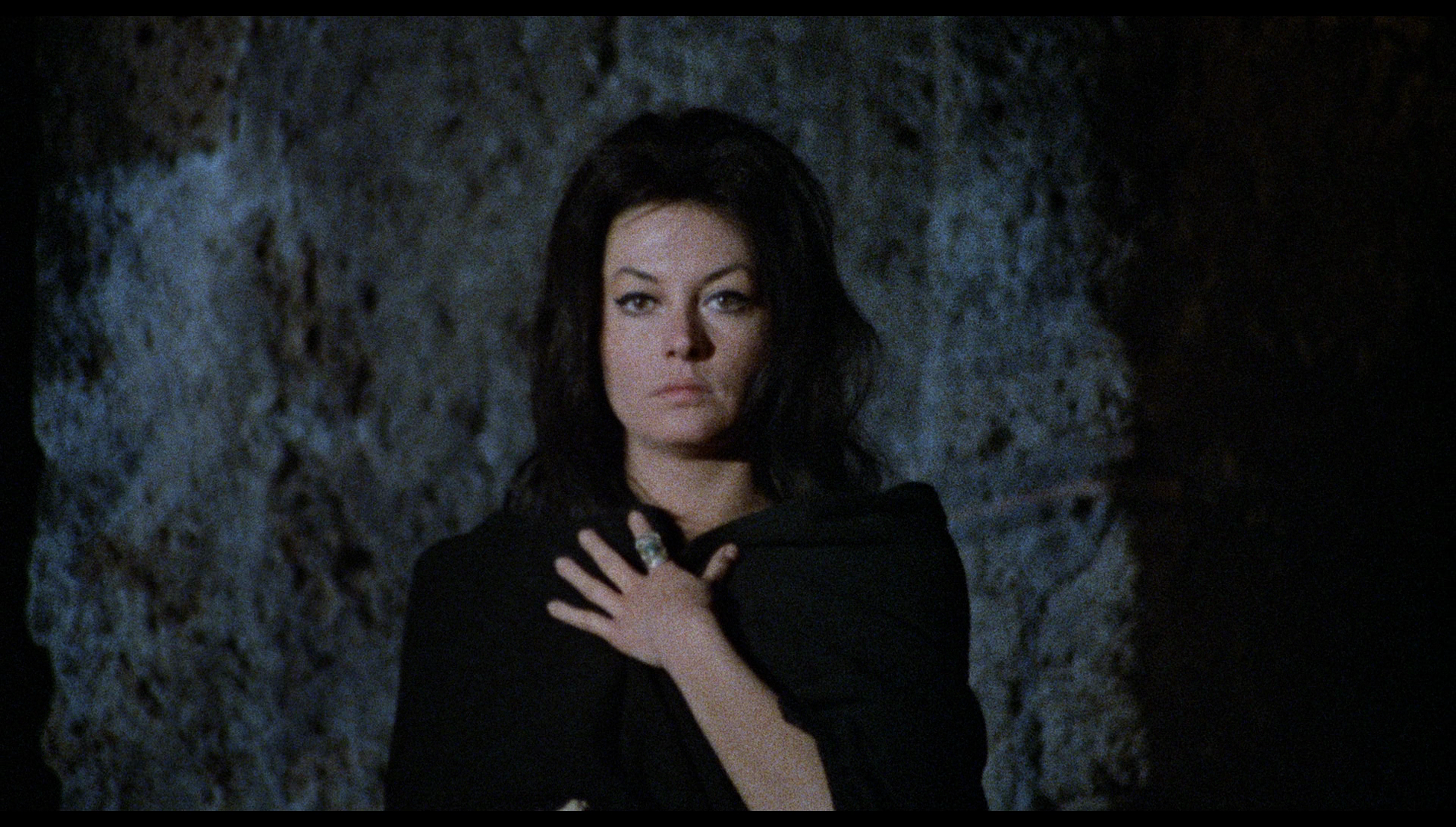 Mikel Koven has suggested that Kill, Baby… Kill adopts the outer form of the Gothic horror picture, whilst its narrative follows the paradigms of the thrilling all’italiana or giallo all’italiana (Italian-style thriller) (Koven, 2006: 114). Koven notes that the basic premise of the film, a rationalistic doctor called to aid in the investigation of what locals believe to be supernatural phenomenon, is similar to that of Sir Arthur Conan Doyle’s The Hound of the Baskervilles (1902). Like Conan Doyle’s Sherlock Holmes, Dr Eswai is a man of rationality who finds himself in a place riddled with superstition. Upon his arrival in the village, the driver of the horse and carriage warns Eswai that ‘When a place is as bad as this, it’s been cursed, I tell you’. Eswai meets up with Kruger at the inn, and Kruger is equally astonished at how desperately the locals cling to their myths. ‘What are you all afraid of?’, Kruger asks the patrons of the inn, ‘That’s what keeps you from speaking? Superstition and ignorance?’ ‘It’s as if they live in fear for their lives’, Kruger notes in reference to the code of silence which meets his investigation into Irena’s death. ‘Their only creed is superstition’, Eswai responds. However, unlike Conan Doyle’s book, in which Sherlock Holmes reveals that the supposed ‘curse’ of the Baskervilles has a non-supernatural explanation, Bava’s film confirms the existence of the supernatural: Melissa is really a ghost, and there does indeed appear to be a curse that afflicts the townsfolk (ibid.). Mikel Koven has suggested that Kill, Baby… Kill adopts the outer form of the Gothic horror picture, whilst its narrative follows the paradigms of the thrilling all’italiana or giallo all’italiana (Italian-style thriller) (Koven, 2006: 114). Koven notes that the basic premise of the film, a rationalistic doctor called to aid in the investigation of what locals believe to be supernatural phenomenon, is similar to that of Sir Arthur Conan Doyle’s The Hound of the Baskervilles (1902). Like Conan Doyle’s Sherlock Holmes, Dr Eswai is a man of rationality who finds himself in a place riddled with superstition. Upon his arrival in the village, the driver of the horse and carriage warns Eswai that ‘When a place is as bad as this, it’s been cursed, I tell you’. Eswai meets up with Kruger at the inn, and Kruger is equally astonished at how desperately the locals cling to their myths. ‘What are you all afraid of?’, Kruger asks the patrons of the inn, ‘That’s what keeps you from speaking? Superstition and ignorance?’ ‘It’s as if they live in fear for their lives’, Kruger notes in reference to the code of silence which meets his investigation into Irena’s death. ‘Their only creed is superstition’, Eswai responds. However, unlike Conan Doyle’s book, in which Sherlock Holmes reveals that the supposed ‘curse’ of the Baskervilles has a non-supernatural explanation, Bava’s film confirms the existence of the supernatural: Melissa is really a ghost, and there does indeed appear to be a curse that afflicts the townsfolk (ibid.).
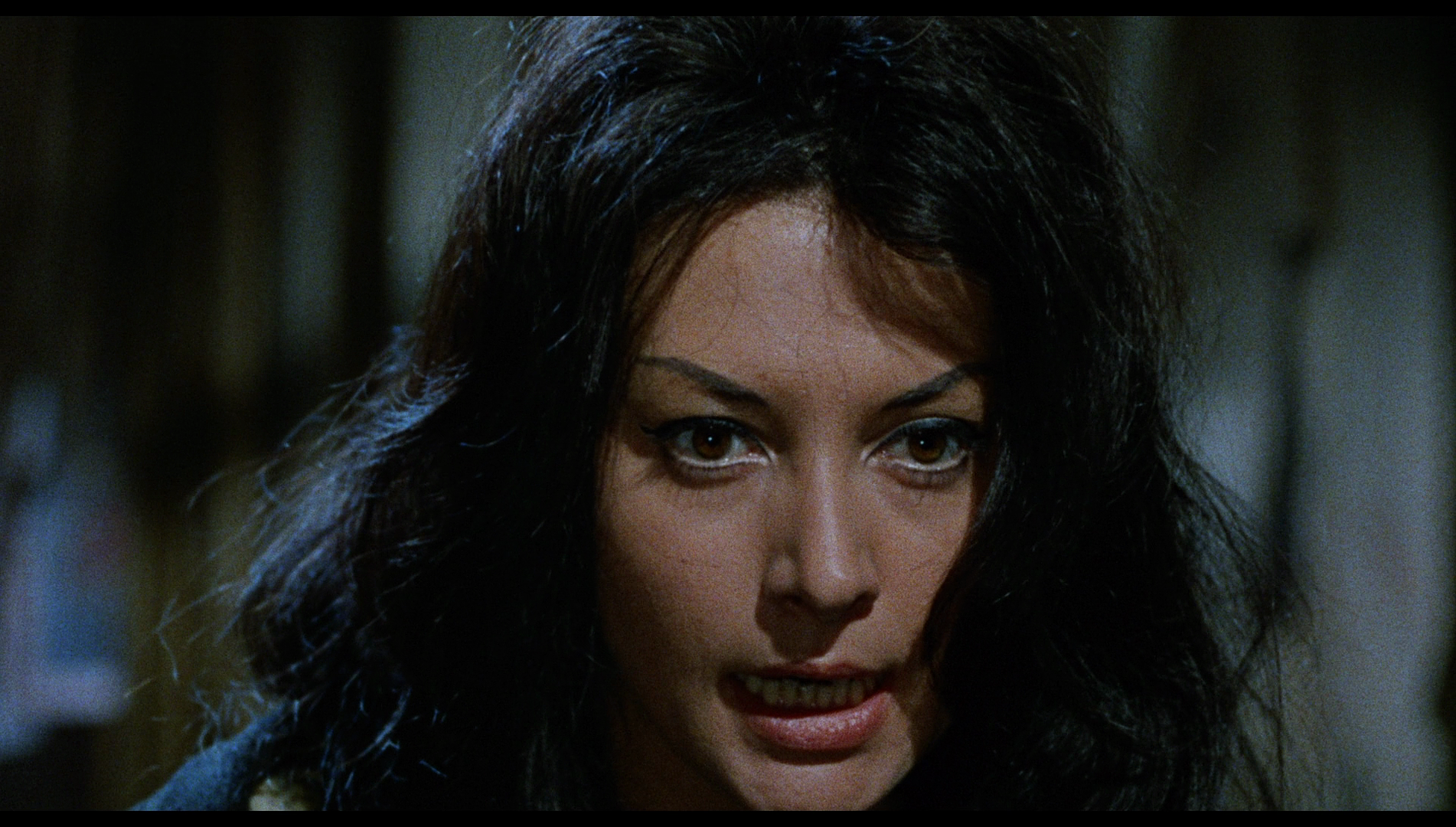 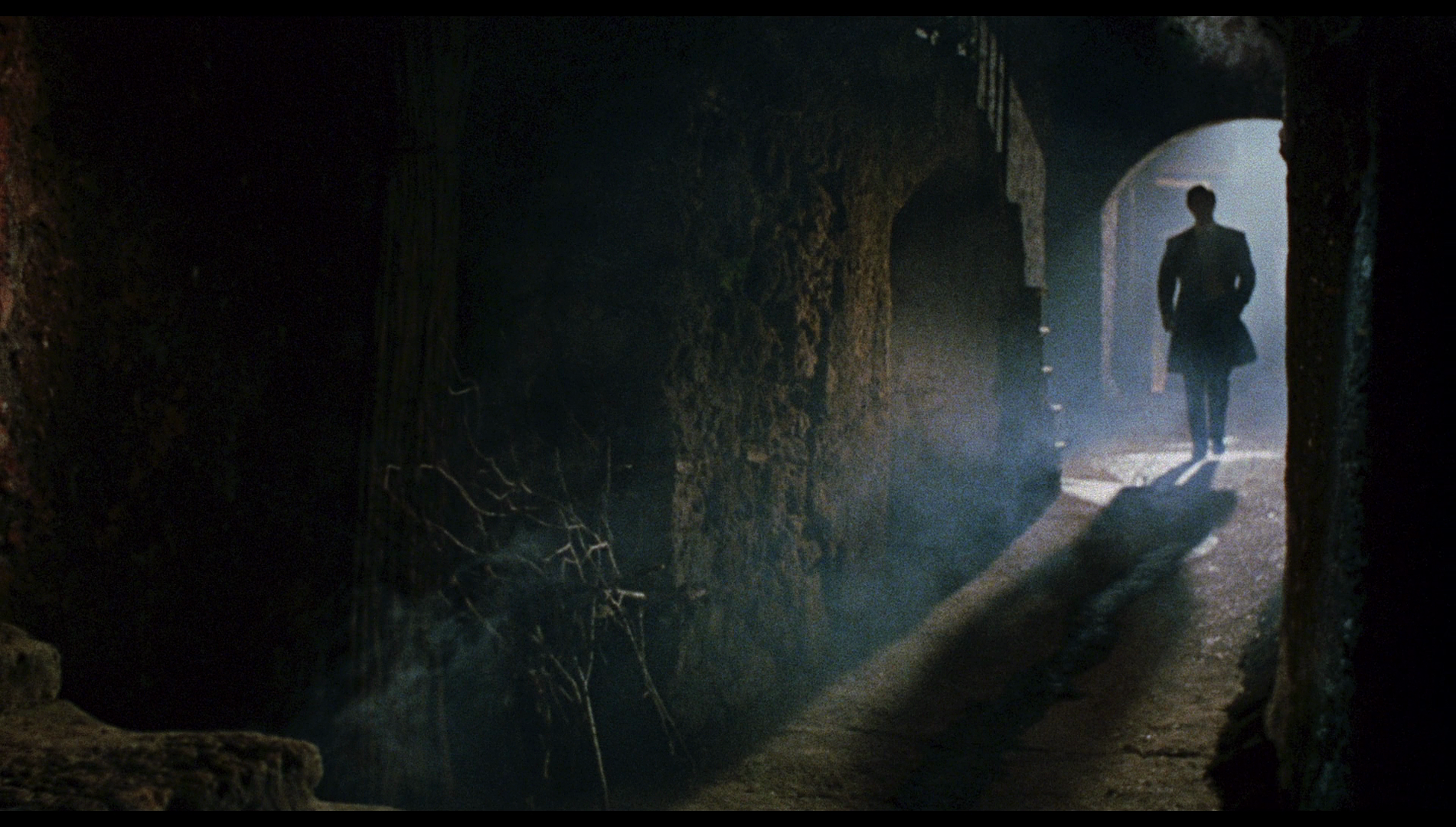 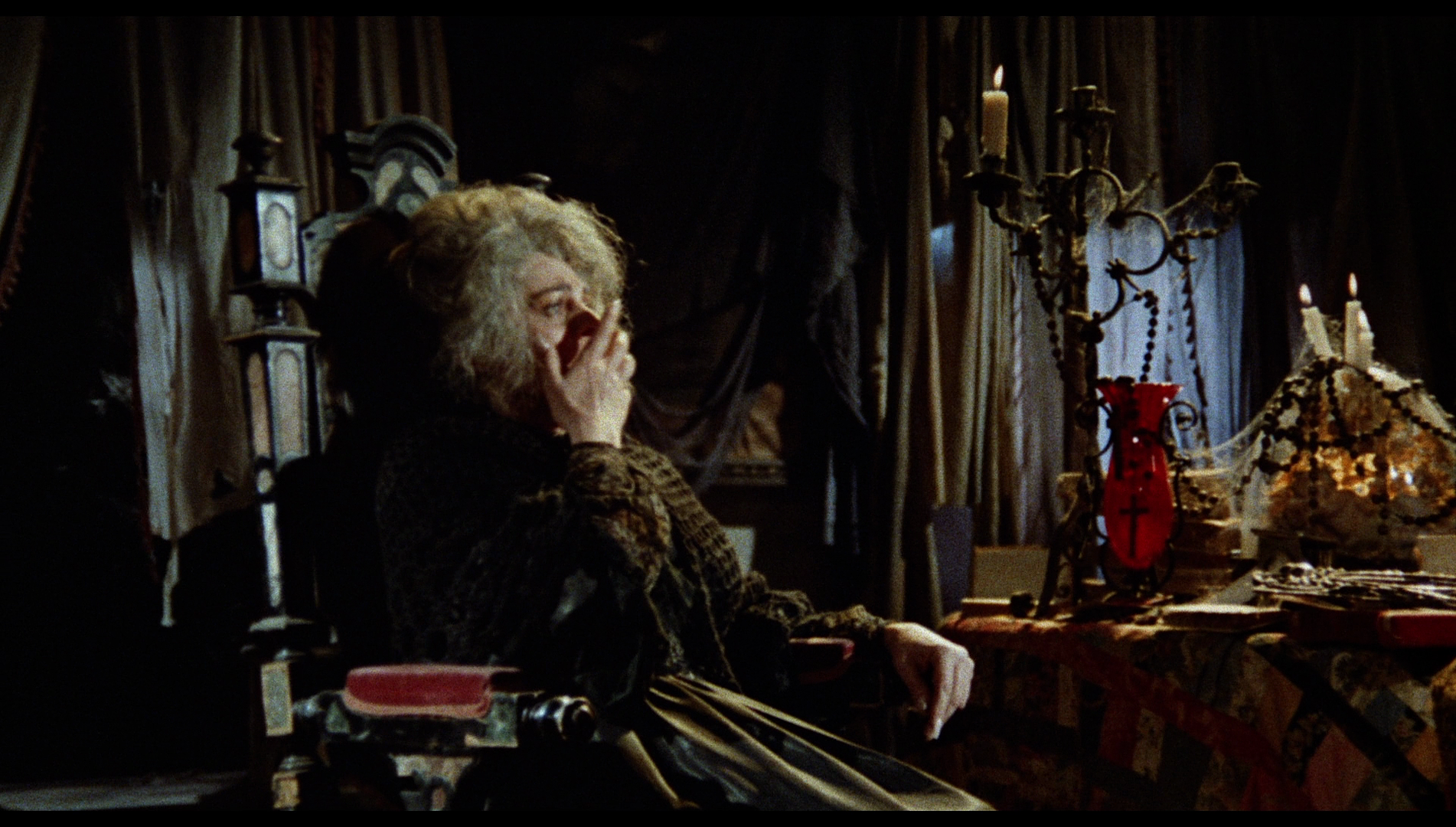
Video
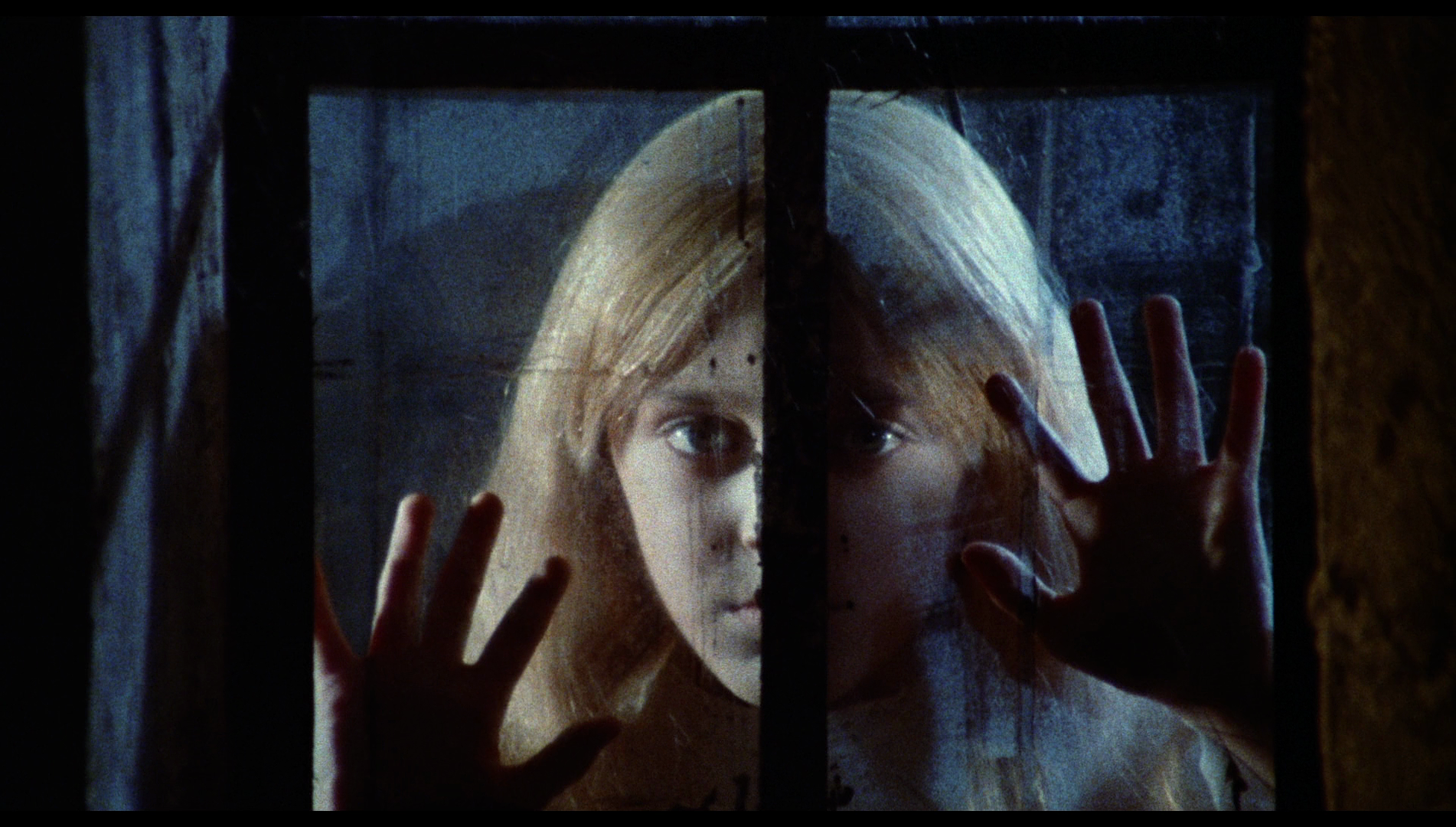 The 1080p presentation uses the AVC codec. Kill, Baby… Kill is presented in its original aspect ratio of 1.85:1. The film is uncut, with a running time of 83:27 mins, and takes up just over 24Gb of space on the Blu-ray disc. The 1080p presentation uses the AVC codec. Kill, Baby… Kill is presented in its original aspect ratio of 1.85:1. The film is uncut, with a running time of 83:27 mins, and takes up just over 24Gb of space on the Blu-ray disc.
The film features exceptionally rich colour 35mm photography. (The picture was photographed on Eastmancolor stock.) From Gli invasori (Erik the Conqueror, 1961, recently released by Arrow on Blu-ray and reviewed by us here), Bava developed a distinctive use of coloured gels to saturate the palette of his pictures. Amplified by the richly textured mise-en-scène, this use of colour is evident throughout Kill, Baby… Kill, along with a tendency for the photography to emphasise depth and spatial distance via frequent movement of the characters from the foreground to the background. (For example, see Eswai’s approach to the ruins in the opening sequence of the picture.) Kill, Baby… Kill has been poorly served by previous home video releases; during the early years of DVD, when Image Entertainment released a series of lush DVD releases of some of Bava’s other pictures, Kill, Baby… Kill received a cropped/fullframe and murky presentation on DVD from VCI. This was to some extent rectified when Anchor Bay released an anamorphic widescreen DVD in the US as part of their ‘Bava box’ in 2007 (alongside a release from Dark Sky Films which was based on a different transfer and was pulled shortly before it hit the shelves). Arrow’s new Blu-ray release of the film is a significant upgrade from all previous home video releases of this picture. The presentation is very pleasing. A strong level of detail is present throughout the picture, especially in close-ups, though in some scenes the photography still looks slightly murky at times – which is perhaps a product of the zoom lenses that are used prominently in a number of sequences. (Zoom lenses of this era are notorious for their weaker rendering of detail in comparison with primes of a similar vintage.) Contrast levels are very pleasing, with deep, rich and inky blacks; midtones are richly defined and highlights are balanced and even. Finally, a solid and consistent encode ensures the presentation retains the structure of 35mm film. This is a very pleasing presentation of Kill, Baby… Kill, certainly head and shoulders above the film’s various DVD releases.  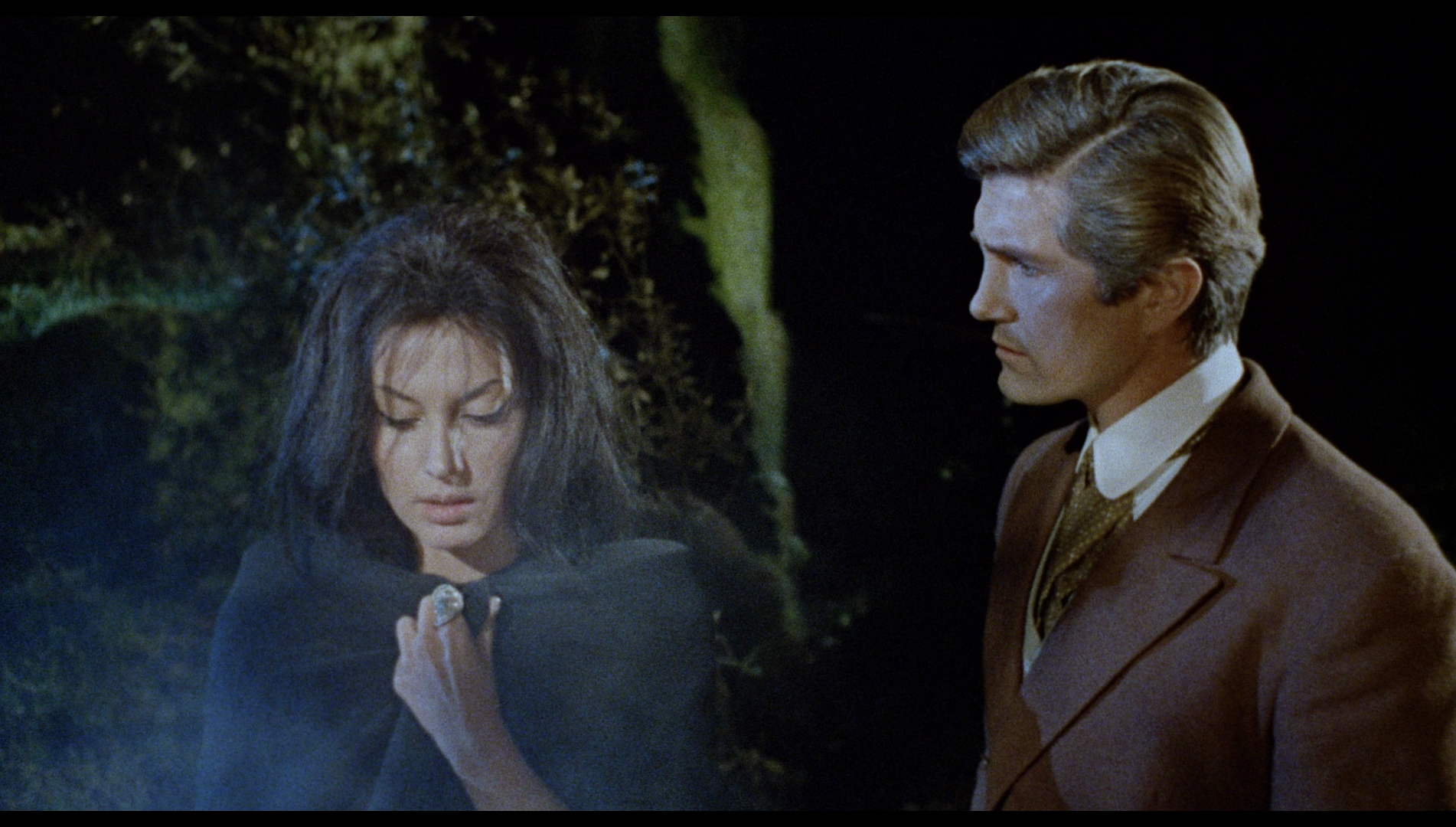 
Audio
The menus on the disc provide the viewer with the option of watching the film in Italian (via a LPCM 1.0 track) or English (via another LPCM 1.0 track). The Italian track is accompanied by optional English subtitles, and the English track also has optional English subtitles for the Hard of Hearing. Interestingly, the English track seems to feature more prominent dialogue, with the effects mixed quite low; the Italian track, on the other hand, seems to amplify the foley, creating a much more atmospheric soundscape. Both tracks feature dialogue that is clear and easy to hear. Watching the film with the Italian track is a very different experience to watching the English-dubbed version. The dialogue is similar in content between the two versions of the picture, but the line delivery in the English-dubbed version is flatter and less articulate. Specific lines and dialogue are different but the core content is the same. For first-time viewers, the Italian track is definitely the way to go.
Extras
 The disc includes: The disc includes:
- An audio commentary by Tim Lucas. Lucas demonstrates his usual emphasis on fine detail in a characteristically tightly-scripted and well-researched commentary. I’m not entirely sure whether this commentary is completely new, or if it replicates the commentary by Lucas that was to be contained on Dark Sky Films’ DVD release of the same picture (which was cancelled at the last minute back in 2007). Either way, it’s an enlightening and engaging track. - An optional introduction to the film by Erika Blanc (0:35). - ‘The Devil’s Daughter’ (21:39). This is a video essay narrated by Kat Ellinger. Ellinger explores Kill, Baby… Kill through the lens of Bava’s career. Ellinger reflects on the symbolic significance of childhood in cinema, and in particular in horror films, suggesting that it was rare to see Gothic horror pictures that featured children or themes of childhood until the mid/late-1960s. Whilst the bulk of what Ellinger says elsewhere in this video essay is logical, this particular assertion may be questioned owing to the significance of Henry James’ novella ‘The Turn of the Screw’ to many Gothic horror pictures – in particular, Jack Clayton’s The Innocents, which in retrospect seems to be echoed throughout a number of sequences in Kill, Baby… Kill (particularly in the appearance of the ghostly Melissa on the opposite side of panes of glass, as per Peter Quint’s first manifestation in The Innocents, and the disconcerting use of both objects associated with childhood – notably the bouncing ball which heralds Melissa’s appearance – and the sound of childish laughter). Ellinger mentions ‘The Turn of the Screw’ and The Innocents, but very briefly and almost dismissively – moving swiftly on to the bold suggestion that Kill, Baby… Kill influenced Lawrence Gordon Clark’s 1974 television adaptation of M R James’ story ‘Lost Hearts’, arguing some of the iconography in this is a ‘direct homage’ to Bava’s film. (There are undeniable similarities, but I’m not sure how accurate this assertion is; certainly, it could be verified or otherwise simply by asking Lawrence Gordon Clark.) The other key influence on Kill, Baby… Kill, again sidestepped by Ellinger, may very well be the ‘American Gothic’ of Mervyn LeRoy’s film adaptation of The Bad Seed, which Ellinger also neglects to mention. Ellinger focuses exclusively on pictures which feature ‘ghost children’ at the expense of other Gothic horror pictures which feature children in other roles (eg, as witnesses to supernatural phenomena, or as ‘bad seeds’) – but which are no less interesting in their examination of childhood as a theme. It’s an interesting video essay, very nicely edited, but frustrating in its (presumably incidental/subconscious) selection of evidence to prove how ‘unique’ and ‘influential’ Bava was as a filmmaker; one can’t deny the former or the latter assertion, but certainly there were more precedents for Kill, Baby… Kill than Ellinger seems to suggest. 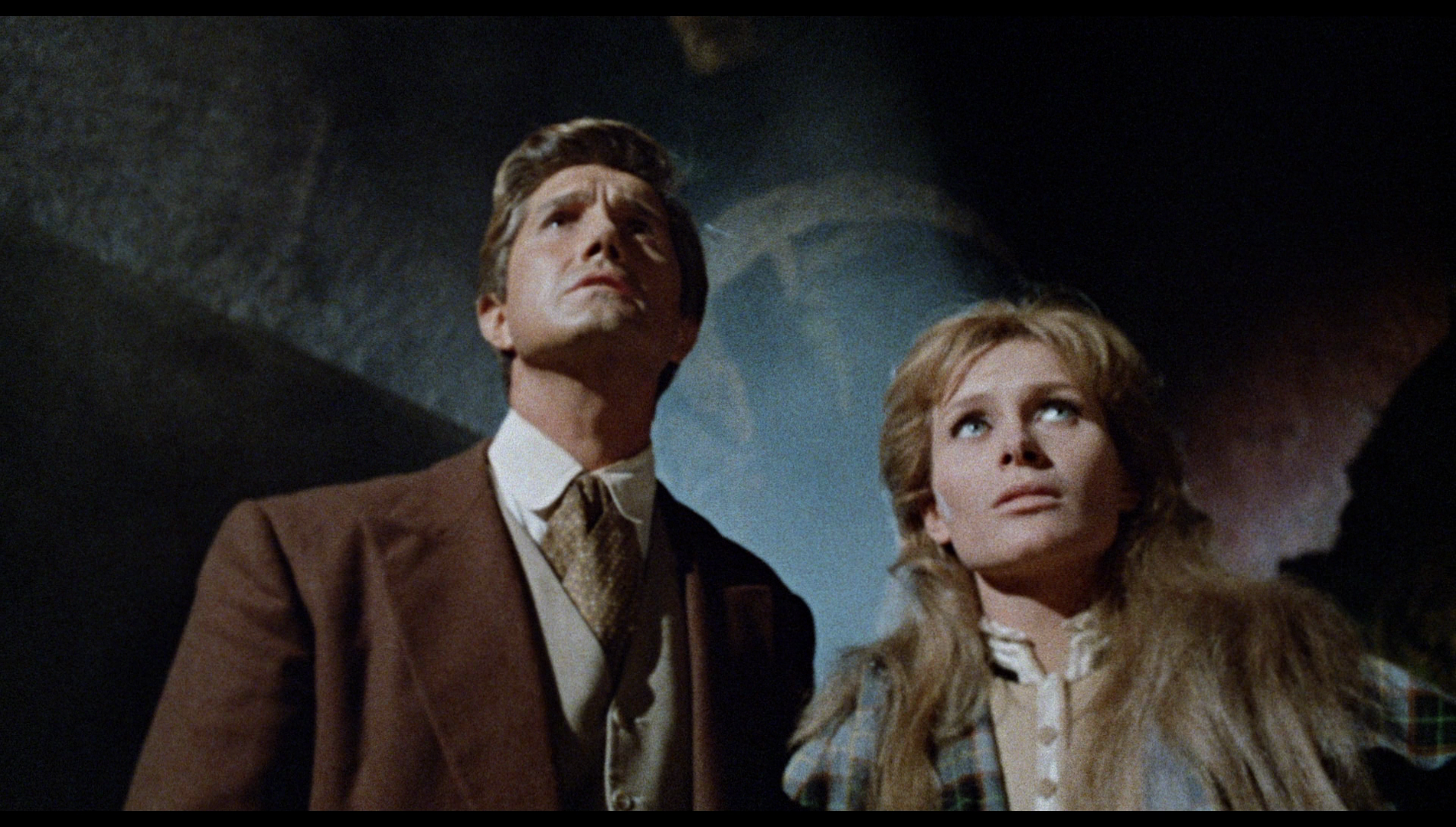
- ‘Kill, Bava, Kill!’ (25:03). Bava’s AD (and son) Lamberto Bava offers personal recollections of working on the picture. This interview has appeared on previous DVD releases of the film. Bava speaks in Italian, and the interview Is presented with burnt-in English subtitles. - ‘Erika in Fear’ (11:00). Interviewed in 2014, Erika Blanc recalls howshe came to be associated with the picture, which she asserts she believed would be only a ‘B’ film. However, when she arrived on set she realised that Bava’s pictures were ‘top class films’. Blanc speaks in Italian; optional English subtitles are provided. - ‘Yellow’ (6:49). A short film from 2006, and directed by Semih Tareen, offers a homage to the visual style of Bava’s 1960s Gothic pictures. It’s not to be confused with the 2011 short film ‘Yellow’ (directed by Ryan Hansom) that was included on Arrow’s Blu-ray release of Bava’s Sei donne per l’assassino (Blood and Black Lace, 1964, reviewed by us here). - German opening titles (3:25). An alternate titles sequence. - International trailer (2:32). - Photocomic (1:07). This is an interesting addition, a ‘photocomic’ (essentially a collection of stills from the film with captions) originally published in the publication Film Horreur in 1976. The monochrome rendering of the film stills reminds the viewer of the graphic nature of the photography in Bava’s pictures. - Gallery (0:27). This gallery contains a selection of lobby cards and promotional artwork for the picture.
Overall
 A Gothic horror picture that evidences Bava’s mastery of translating the visual paradigms of Gothic horror to the colour photography of the 1960s, Kill, Baby… Kill was so impactful that Luchino Visconti reputedly gave the film a standing ovation at its premiere (see Karola, 2003: 228). Bava’s horror picture has been undeniably influential, but one can see within the film elements of The Innocents and The Bad Seed, in particular. The narrative conforms to the archetypal Gothic juxtaposition of rationalism versus superstition, and the visual texture of the film is incredible; it’s one of the most sumptuously photographed horror pictures of the 1960s, easily surpassing most of the Gothic horror pictures that Hammer were making during the mid/late-1960s. A Gothic horror picture that evidences Bava’s mastery of translating the visual paradigms of Gothic horror to the colour photography of the 1960s, Kill, Baby… Kill was so impactful that Luchino Visconti reputedly gave the film a standing ovation at its premiere (see Karola, 2003: 228). Bava’s horror picture has been undeniably influential, but one can see within the film elements of The Innocents and The Bad Seed, in particular. The narrative conforms to the archetypal Gothic juxtaposition of rationalism versus superstition, and the visual texture of the film is incredible; it’s one of the most sumptuously photographed horror pictures of the 1960s, easily surpassing most of the Gothic horror pictures that Hammer were making during the mid/late-1960s.
Arrow’s presentation of the main feature is very pleasing, a huge improvement over the film’s previous DVD releases. The included contextual material is excellent too. The video essay contains some very valid and relevant comments (though sometimes arguably contorts or simplifies the data to fit the thesis that Bava is a ‘unique’ and ‘influential’ director). Lucas’ commentary is rich in detail and evidence, and the interviews with Blanc and Bava contain some vivid personal recollections of the picture. For Bava fans, the decision as to whether or not to purchase this release of one of the director’s best Gothic horror pictures is, as they say, a ‘no-brainer’. For those who may be new to Bava’s work, Kill, Baby… Kill is an excellent place to start. References: Karola, 2003: ‘Italian Cinema Goes to the Drive-In: The Intercultural Horrors of Mario Bava’. In: Don Rhodes, Gary (ed), 2003: Horror at the Drive-In: Essays in Popular Americana. London: McFarland & Company, Inc: 211-40 Koven, Mikel J, 2006: La Dolce Morte: Vernacular Cinema and the Italian Giallo Film. Scarecrow Press 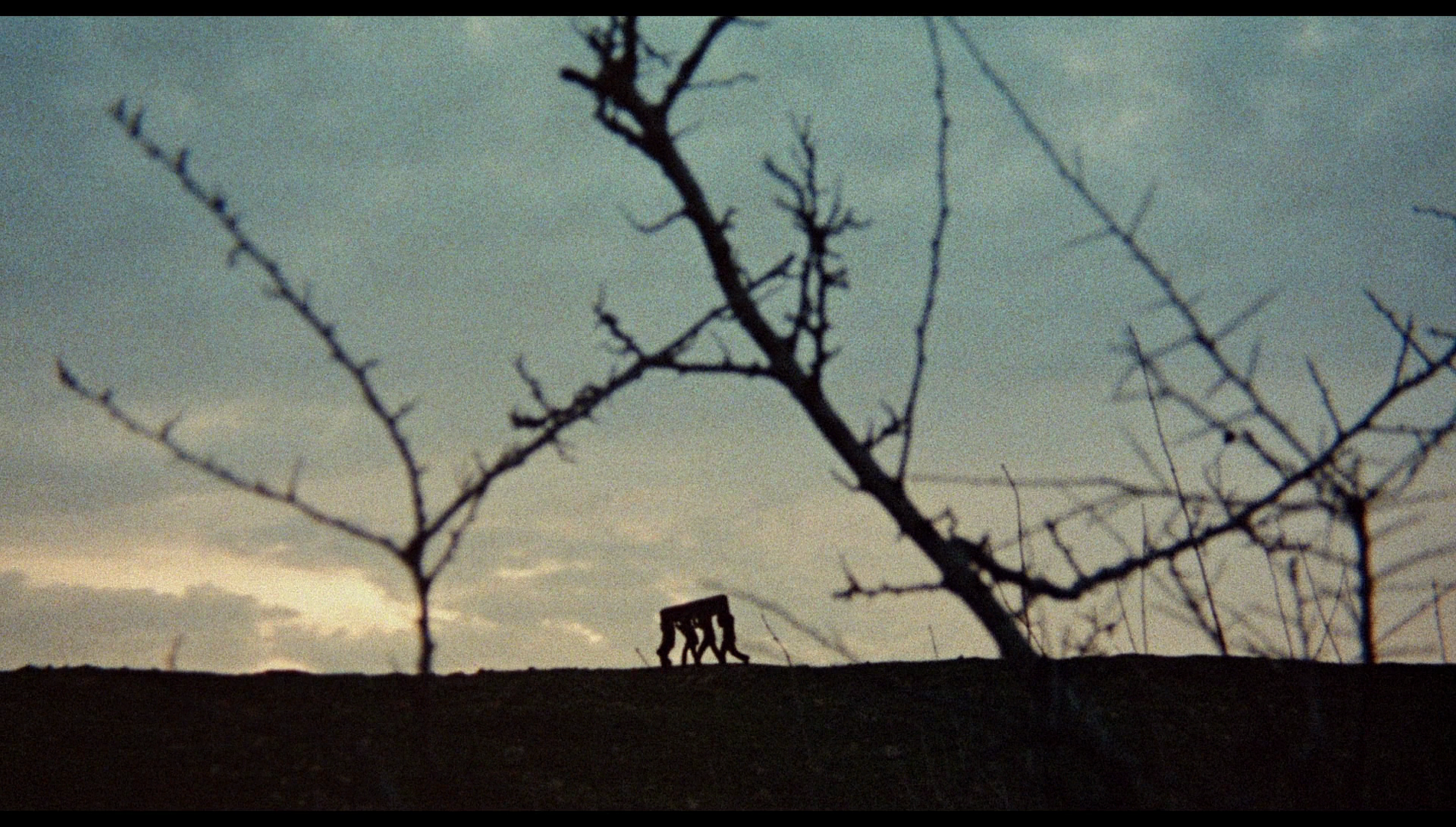
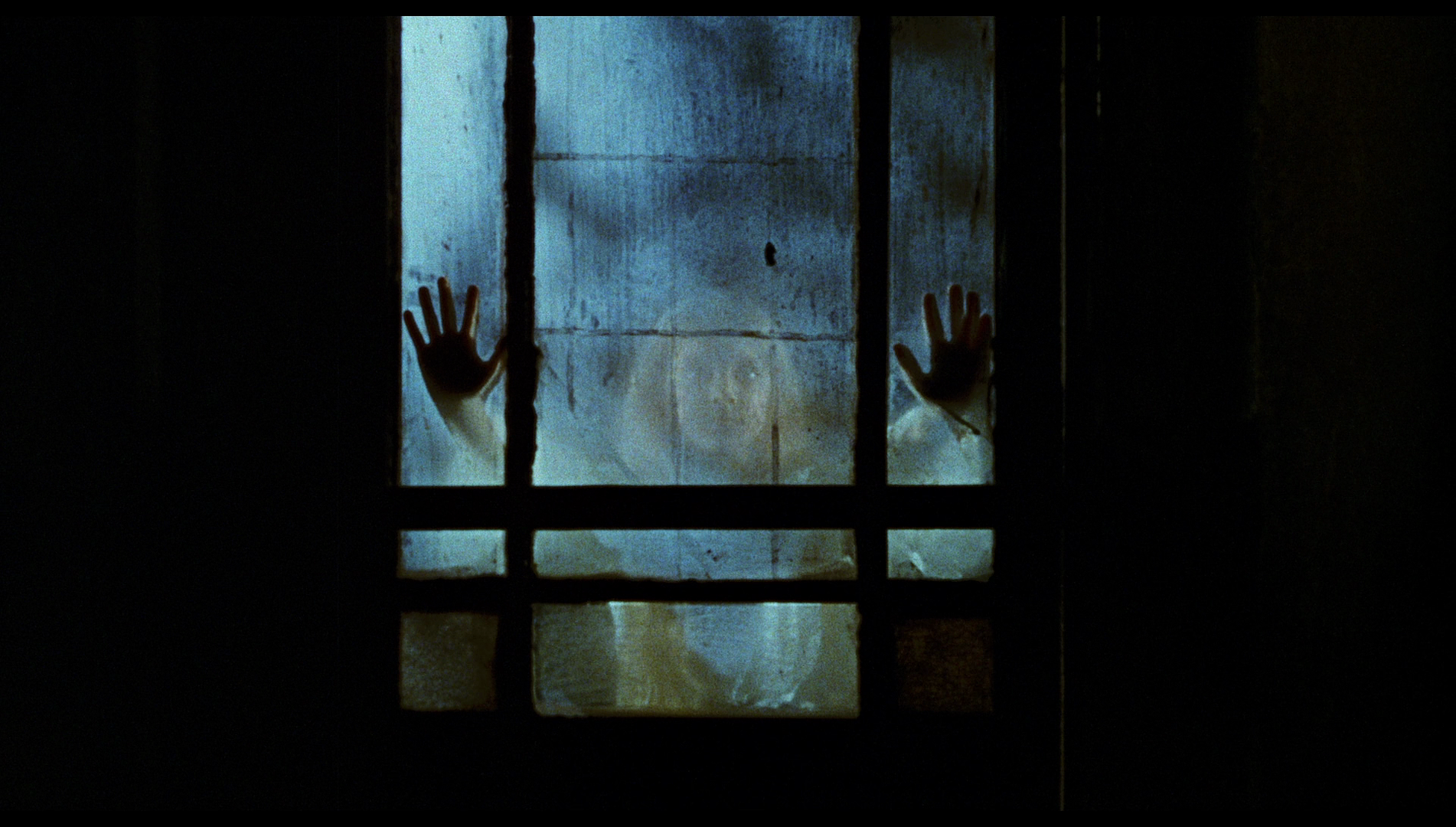
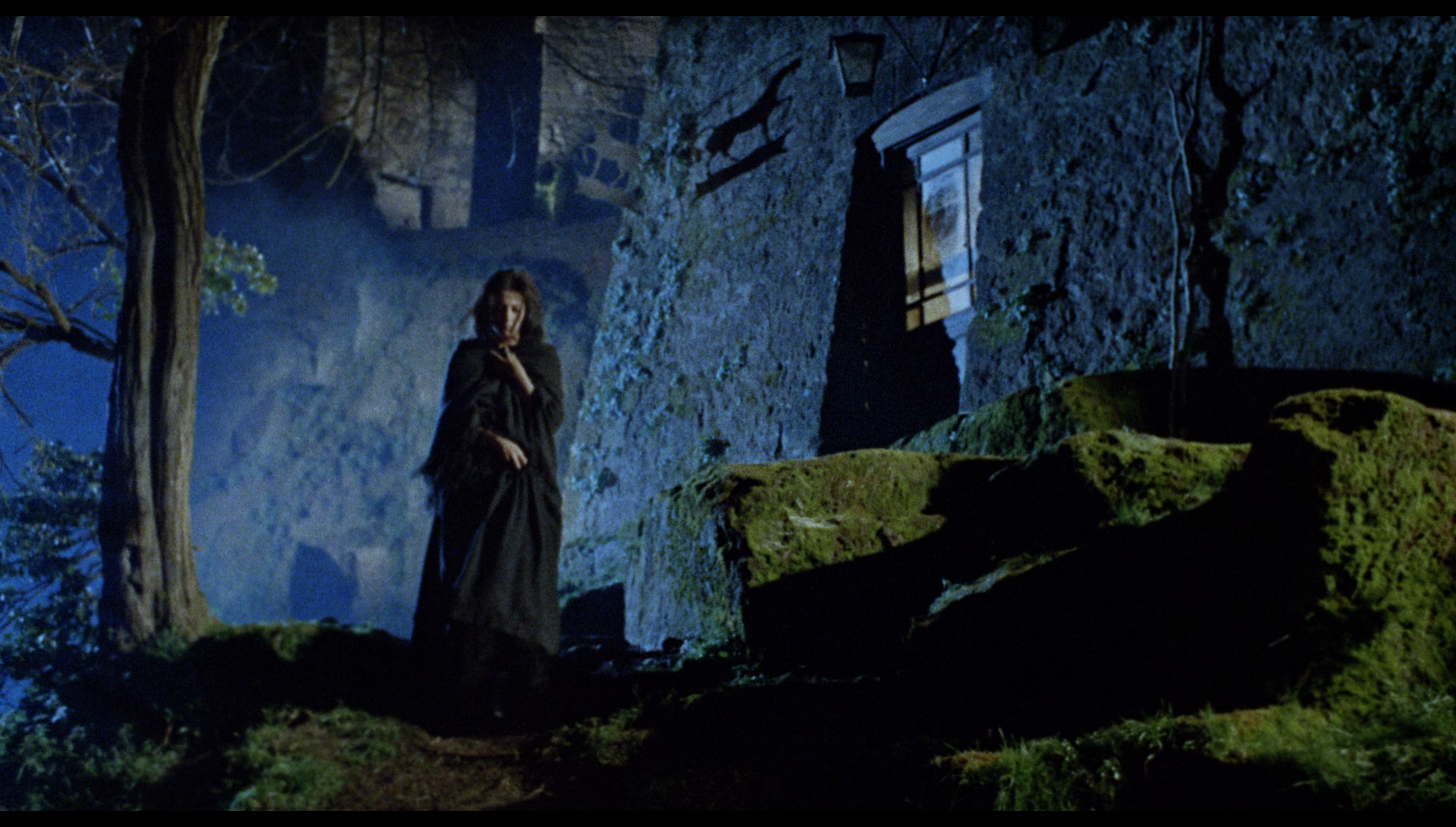
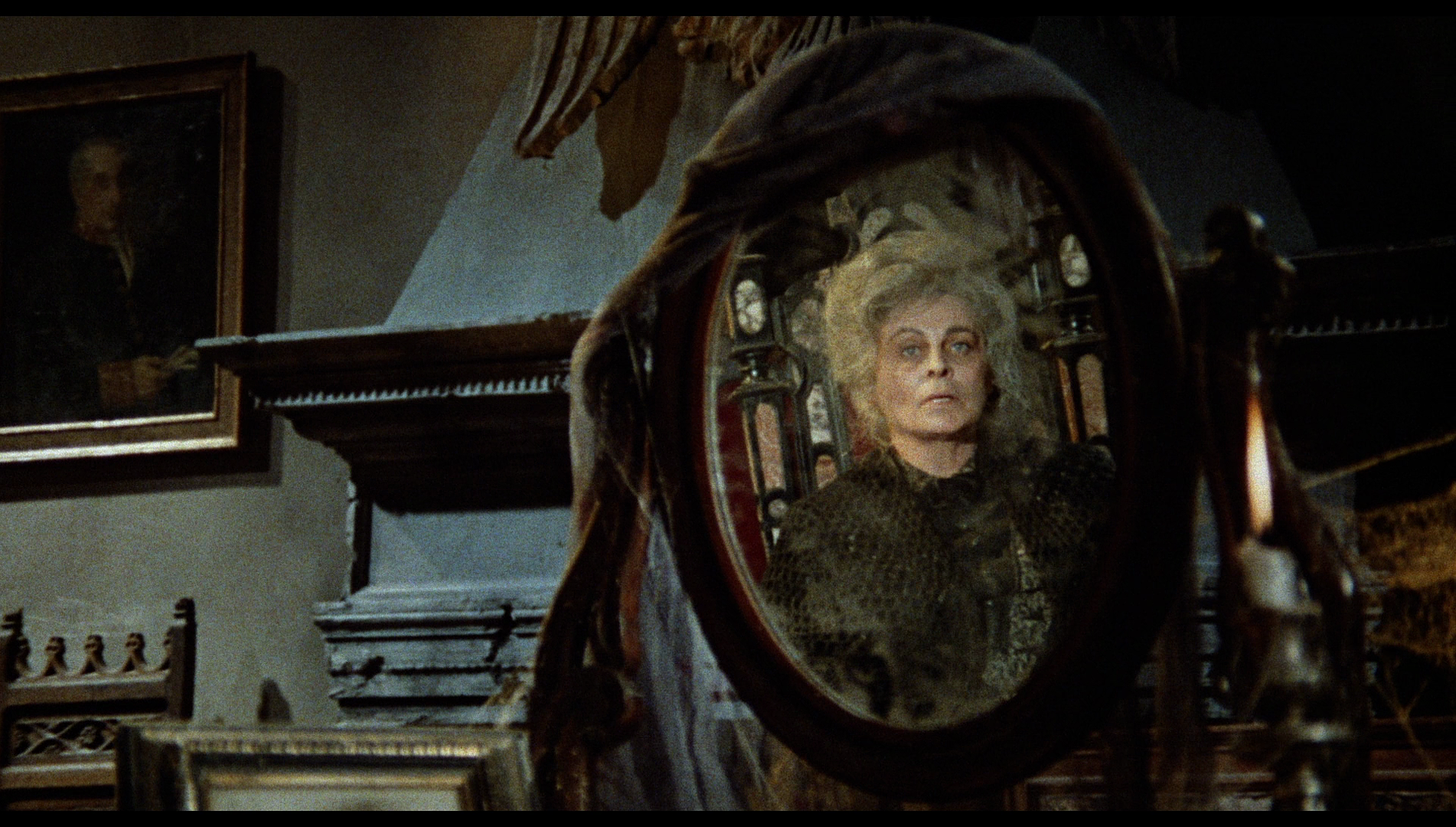
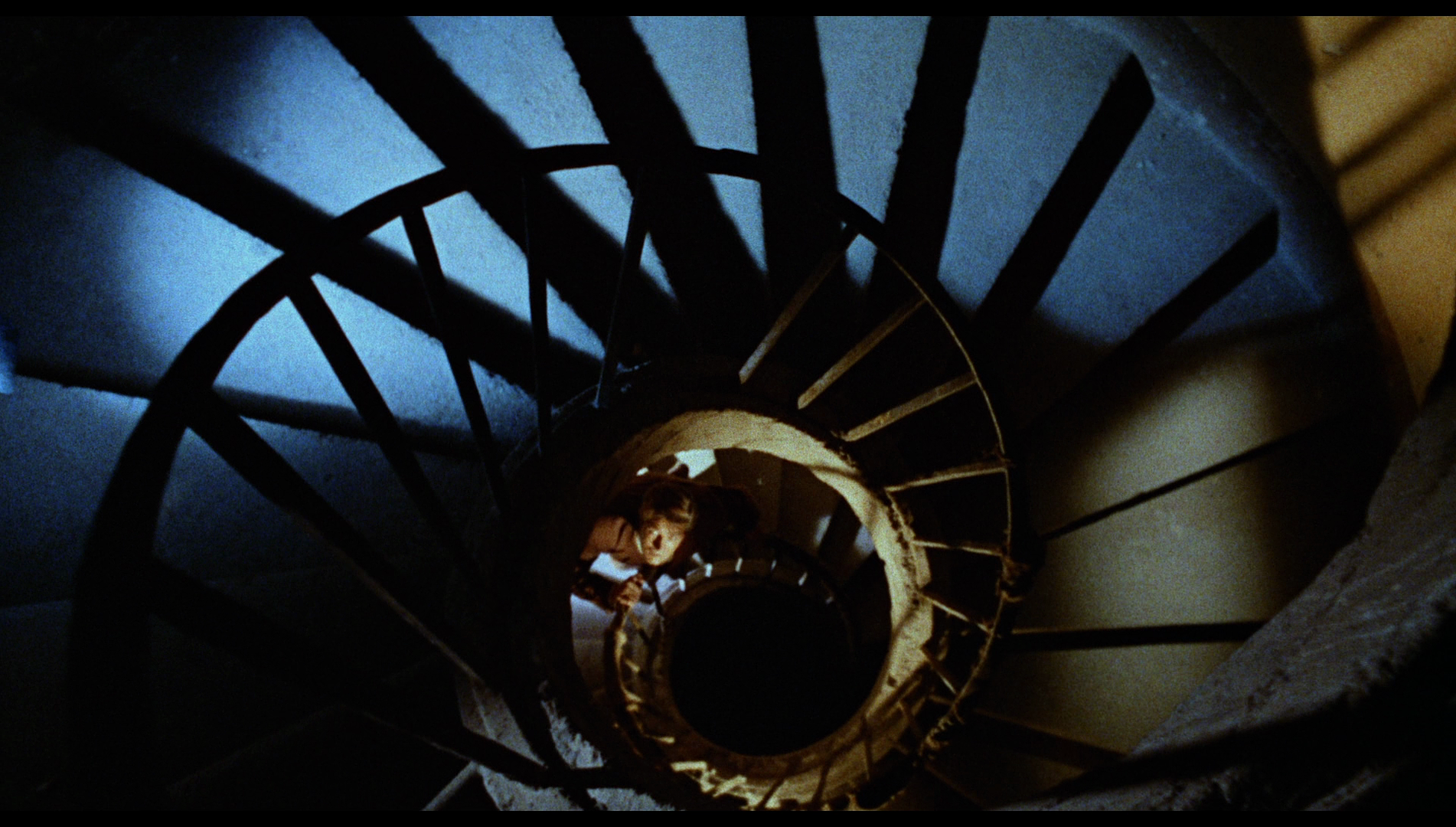

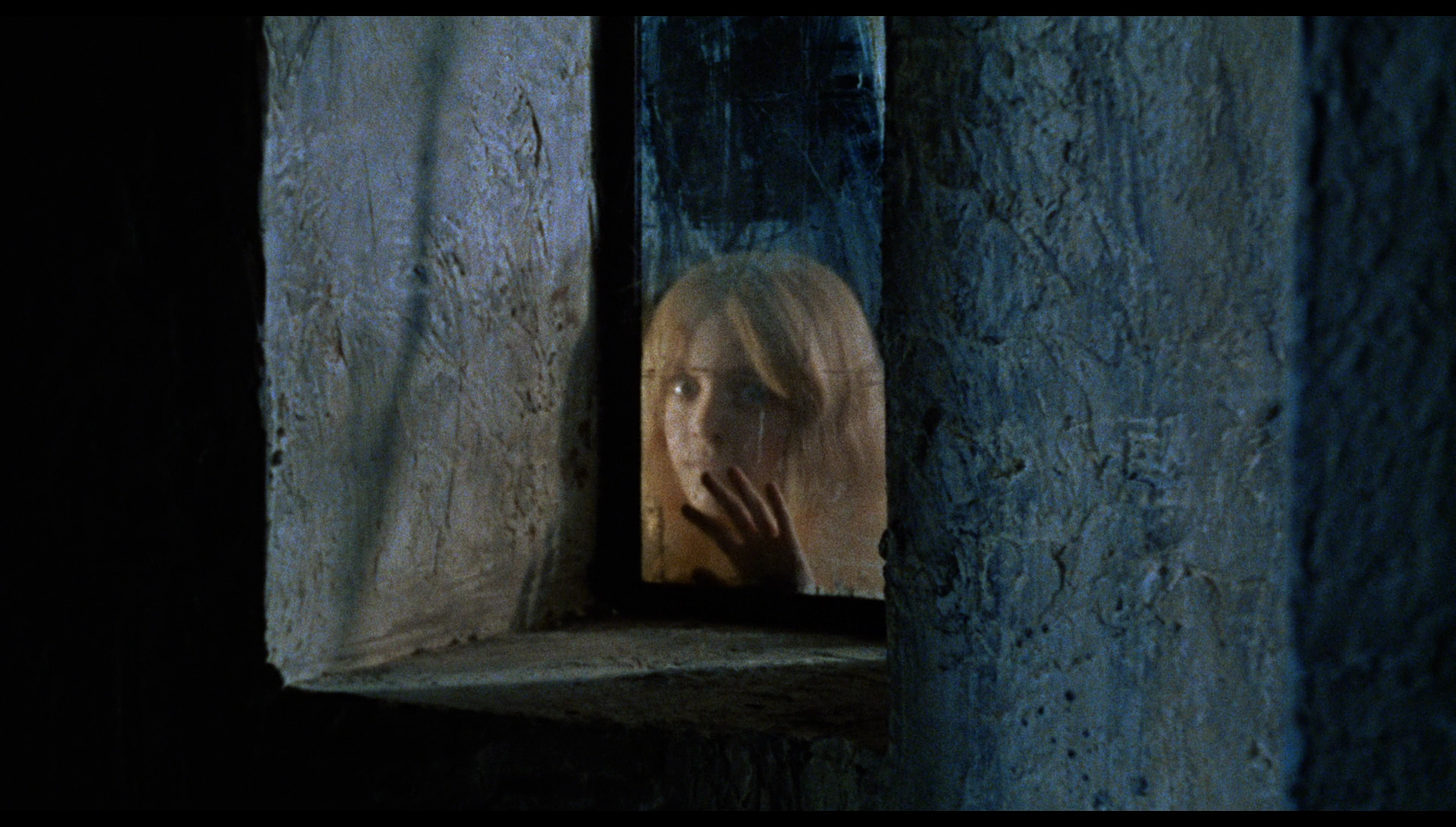
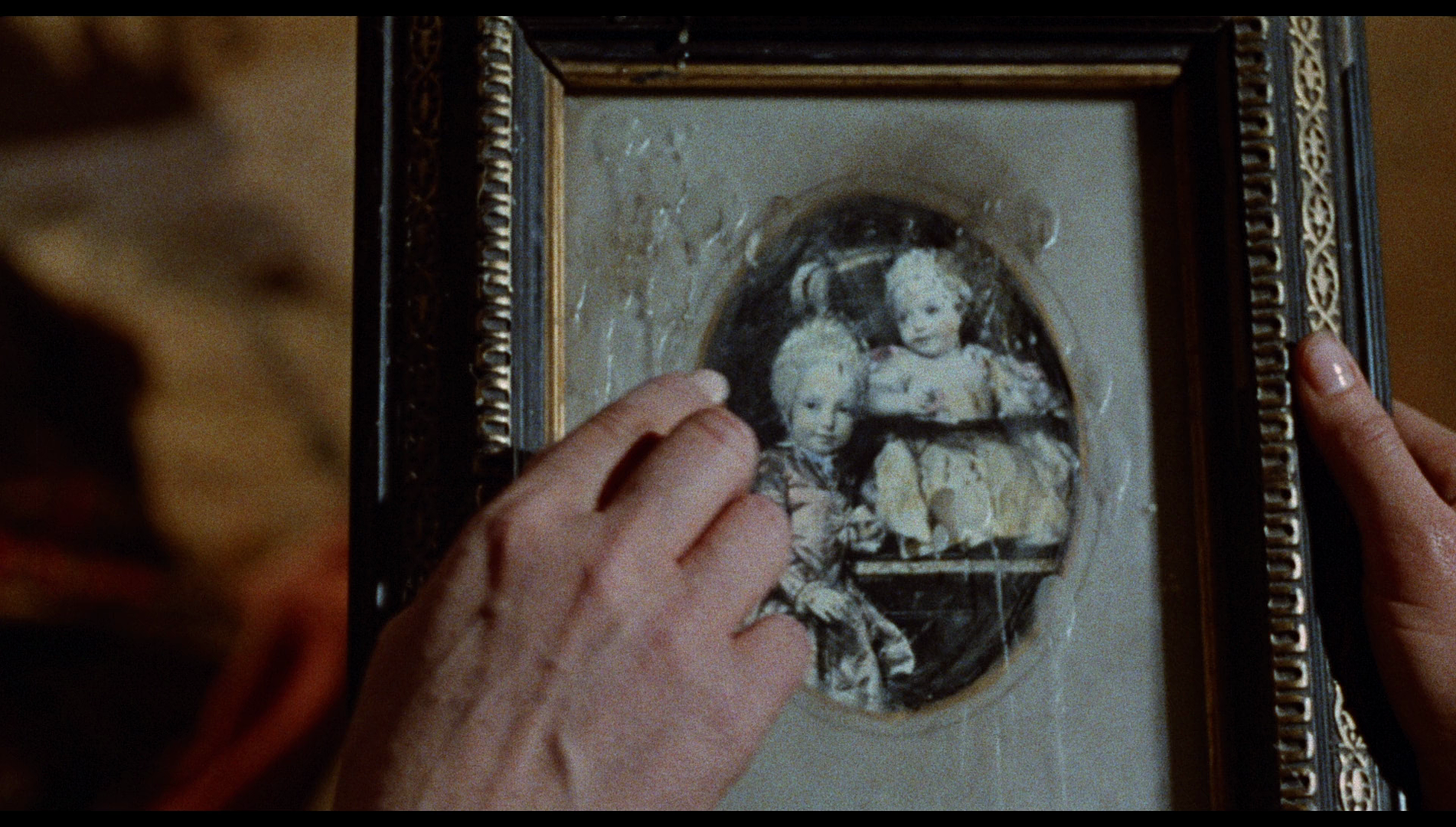
|
|||||

|